microcirculation diagnosis microscope Here’s a Quick Way Get Price
microcirculation diagnosis microscope Here’s a Quick Way Get Price
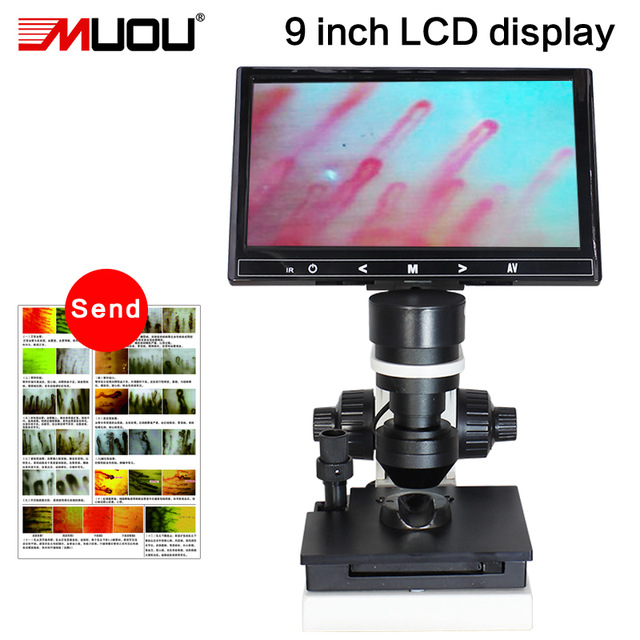
microcirculation diagnosis microscope
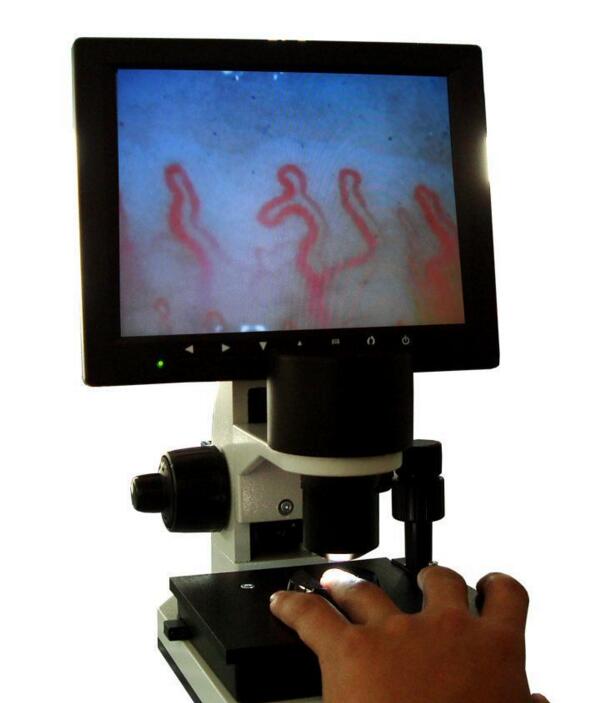
microcirculation diagnosis microscope
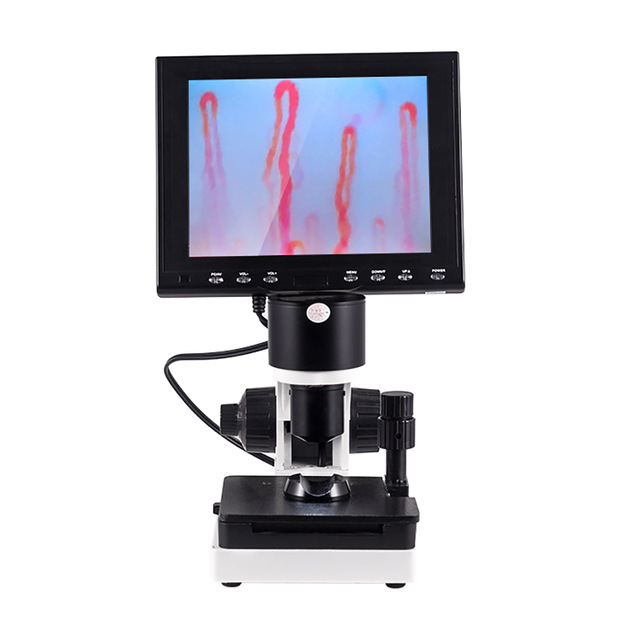
microcirculation diagnosis microscope
We are the microcirculation diagnosis microscope supplier,if you need the microcirculation diagnosis microscope pirce,pleace contact us.
What is Medical blood analysis microcirculation diagnosis microscope ?
Blood microcirculation:
1. Model XW880(7inch/8inch color LCD)
2. For health care&beautiful industry
3 Independent research and development ability
4. nailfold microcirculation microscope is a noninvasive health diagnostic device
Technical parameters:
Microscope Magnification ≥400 times
Built-in camera pixels 380000 pixels
Light source LED
Brightness of the light source ≥ 600cd/m2
Stage X-Y double layer compound mechanical stage
nailfold microcirculation microscope monitor colar LCD monitor 8inch(4:3)
Input&Output AC input 100~240V 50/60Hz DC output DC12V,2A
Microscope Package Aluminum box( Size 34*29*20cm)
microcirculation diagnosis microscope
What is microcirculation diagnosis microscope Benefit?
1.in 5 seconds can be observed in the microvascular circulation, simple operation and fast;
2.the microscopic image is stable, clear, do not shake;
3.400 times the microcirculation of a dedicated high-resolution lens of the microscope;
4.handheld ultra-light design, so that the observation of more mobility;
5.with micro-focus wheel, free to adjust the focus length, the use of more convenience
6.lens built-in LED cold light source, accurate projection illumination on an object;
7.using non-invasive way, to observe the microcirculation of human body in time;
8.observing the microcirculation for any part of human body.
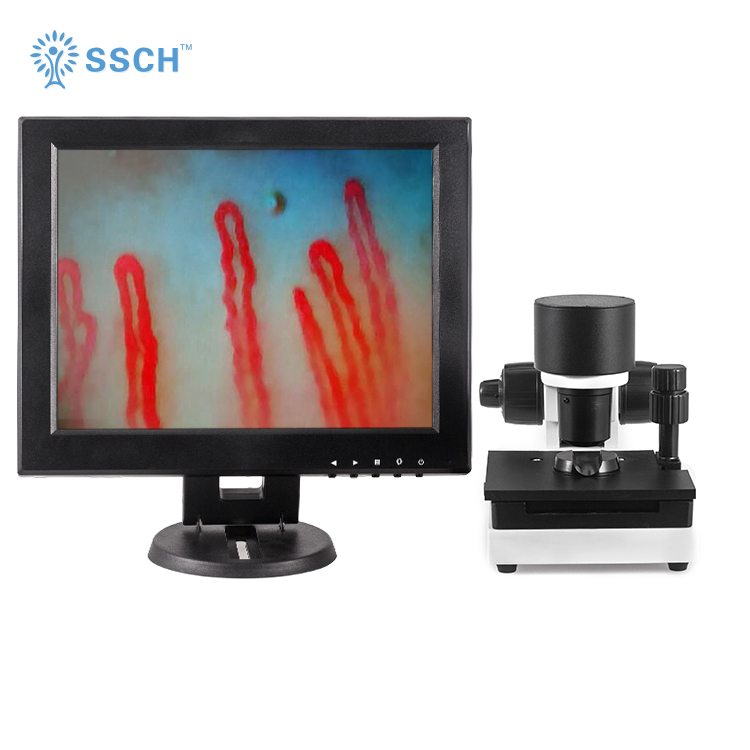
microcirculation diagnosis microscope
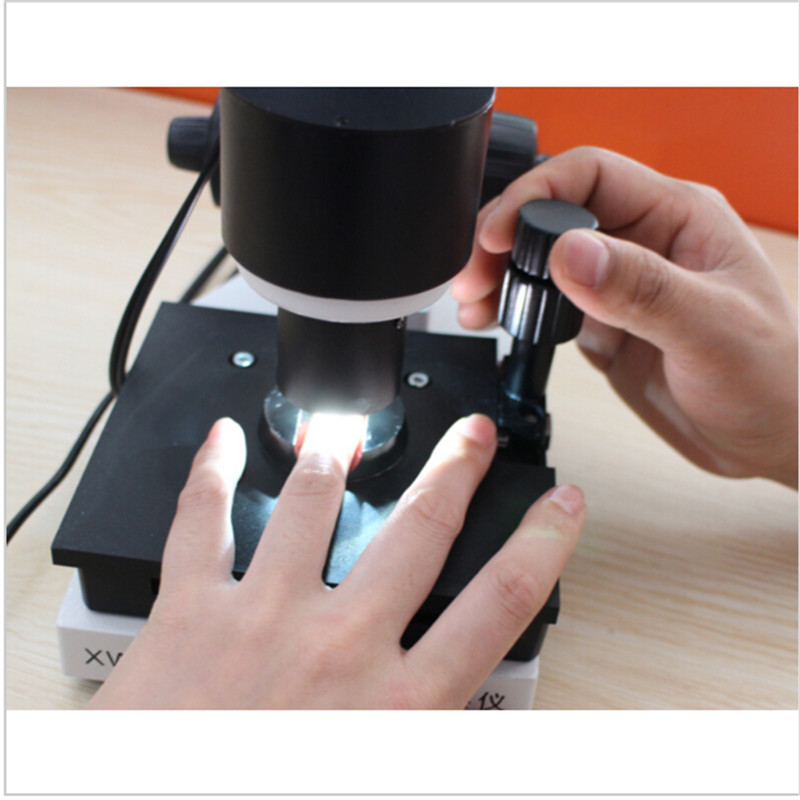
microcirculation diagnosis microscope
what can do by microcirculation diagnosis microscope?
Clinical capillaroscopy for Raynaud phenomenon, rheumatic diseases.Nailfold capillaroscope,Our Nailfold Capillaroscope is the First Brand in China,Our Customers are all over the world,Capillaroscopy is a widely used technique for the examination of patients suffering from rheumatic and cardiovascular diseases, endocrine disorders, metabolic diseases, some diseases of respiratory organs,inflammatory processes and trophic disturbances and pathologies of the skin and of the hypoderm.Videocapillaroscopy is also a reliable tool in the diagnosis of angiopathies in patients suffering from pancreatic diabetes.
Nailfold videocapillaroscopy finds application in the fields of:
Rheumatology (autoimmune diseases, Raynaud’s disease, rheumatoid arthritis, sclerodermia related pathologies, systemic lupus erythematosus).
Dermatology(naevi, dermatitis, dermatosis, psoriasis, skin cancer and amartomes, non healing wounds).
Vascular Surgery (varicose veins of lower extremities, arterial spiders, cellulitis, obliterating endarteritis, skin ulces).
Angiology and Flebology (ischaemic heart disease, hypertension, pneumatic hammer disease, skin ulcers).
Aesthetic medicine and surgery (skin check-up, “aging skin”, assessment of fat tissues vasularization, liposuction, collagene injection, cellulitis,
monitoring of laser treatment effects, electrolipolysis, ultrasound, adipoclasy)
The possibility of detectiong early stages (symptomless) of vessel disorders by videocapillaroscopy opens up new possibilities for the prophylaxis of several diseases.Nailfold Video Capillaroscope -Top selling model
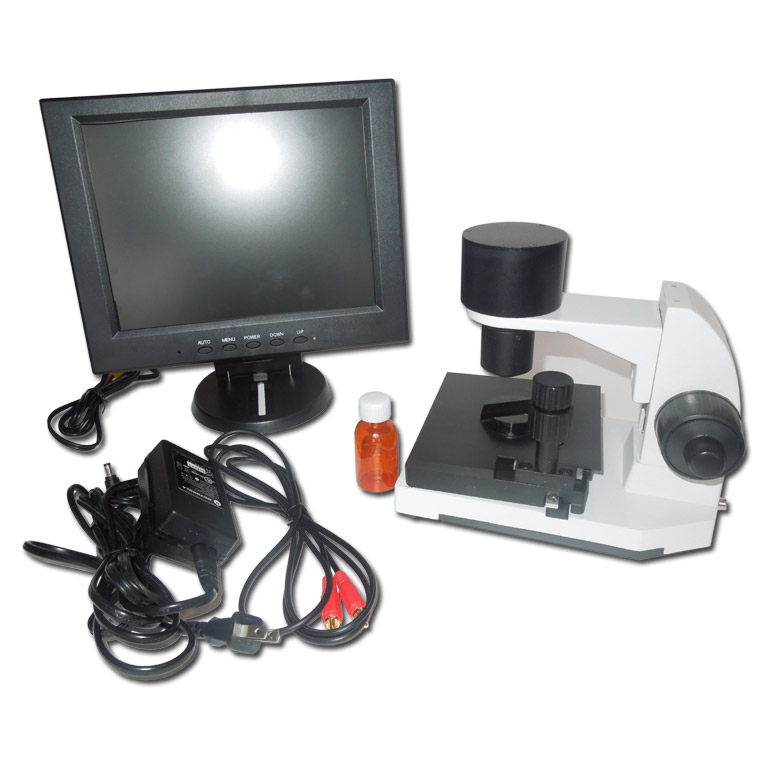
confocal microscopy microcirculation
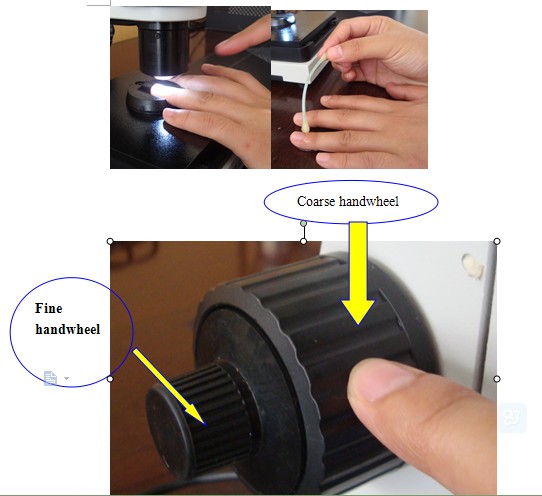
confocal microscopy microcirculation
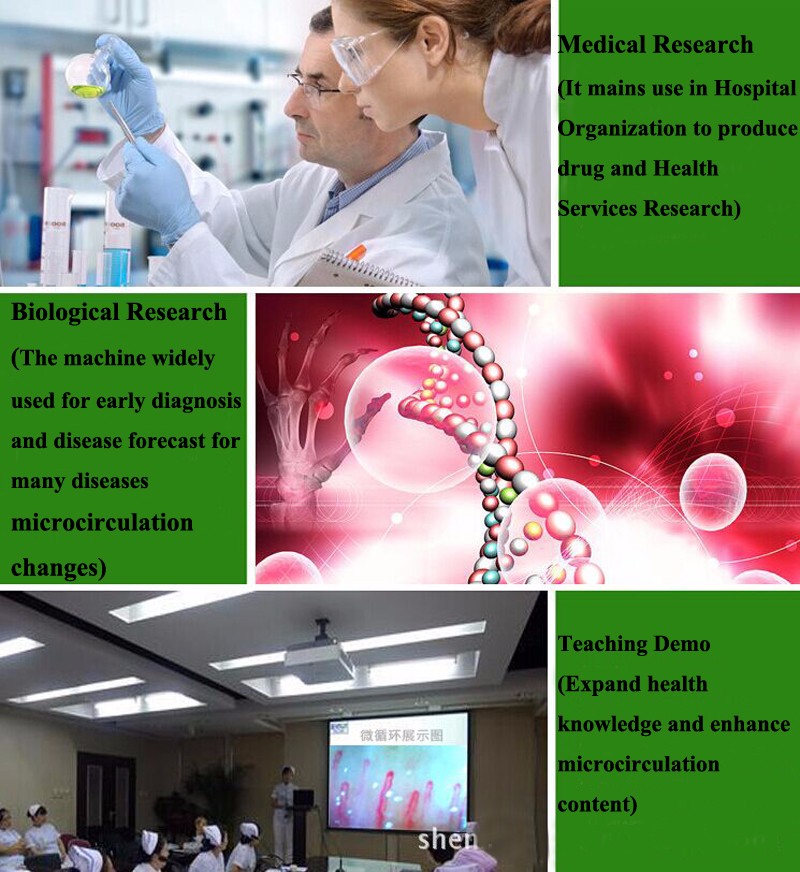
microcirculation intravital microscopy
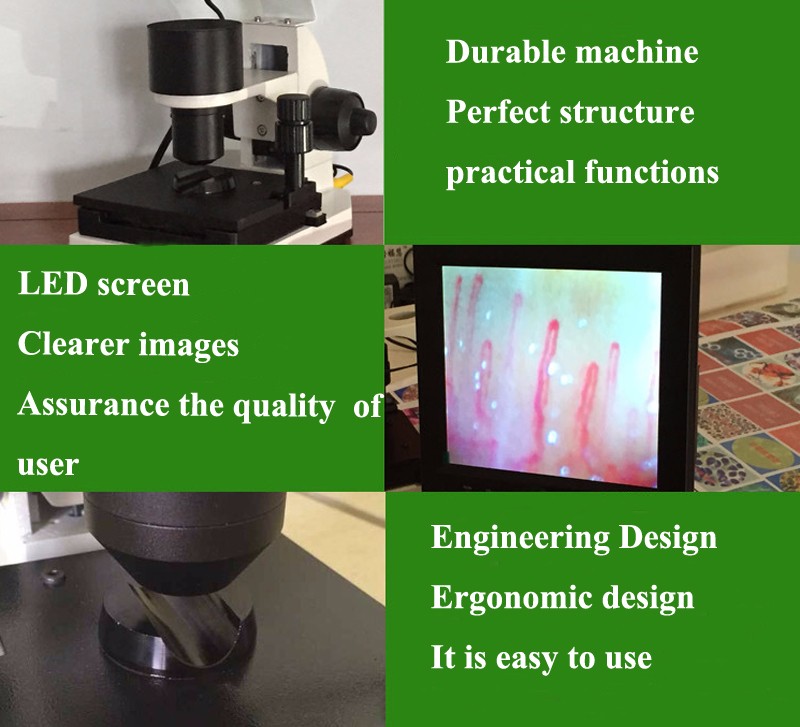
microcirculation intravital microscopy
Role of Nailfold Capillaroscopy in the Evaluation of Patients With Interstitial Lung Disease
SESSION TITLE: Diffuse Lung Disease II
SESSION TYPE: Original Investigation Slide
PRESENTED ON: Wednesday, November 1, 2017 at 08:45 AM – 10:00 AM
PURPOSE: Distinguishing between idiopathic interstitial pneumonias (IIPs) and other types of interstitial lung diseases (ILD) such a connective tissue disease (CTD)-related ILD can be challenging. In some patients, the clinical features of autoimmunity are subtle. Abnormal capillaries on nailfold capillaroscopy (NC) predict a higher risk of CTD development and the use of NC is common in the evaluation of patients with Raynaud’s phenomenon. NC could help clinicians identify signs of CTD or autoimmune features in patients with ILD, although its clear role in the evaluation of ILD has yet to be defined. This study aims to describe the impact of NC in the evaluation of patients with ILD.
METHODS: We retrospectively identified patients with ILD seen in a tertiary care center who underwent a NC as part of their work-up. All diagnoses were established by multidisciplinary consensus according to current guidelines. Patients were categorized into 3 groups according to their final diagnosis: CTD-ILD, interstitial pneumonia with autoimmune features (IPAF) and IIP.
RESULTS: NC was performed in twenty-seven patients, 14 of whom were female (52%). There were 11 who had Raynaud’s phenomenon (41%), and the majority had positive antinuclear antibodies (89%). Mean forced vital capacity percent predicted and diffusion capacity percent predicted were 76% and 47% respectively. Morphologic capillary changes were observed in 10 patients (37%): a scleroderma pattern was found in 5 of them while the other 5 had minor capillary changes. Patients carrying a final diagnosis of CTD-ILD (40%) or IPAF (63%) were more likely to have NC abnormalities than those with a diagnosis of IIP (16%). Identification of nailfold capillary abnormalities contributed to establishing a multidisciplinary diagnosis of IPAF in all cases. There were no clinical symptoms, serologies or physiologic variables that were predictive of nailfold abnormalities.
CONCLUSIONS: In our cohort, NC contributed to the identification of subtle clinical signs of autoimmune features in patient with ILD and influenced multidisciplinary consensus diagnosis. Further, larger studies are needed to validate these findings, and to better understand the prognostic significance of NC abnormalities in patients with ILD.
CLINICAL IMPLICATIONS: In the evaluation of patients with ILD, NC could be useful to identify subtle clinical signs of autoimmune features.
DISCLOSURE: The following authors have nothing to disclose: Mathilde Bouchard-Boivin, Sandra Chartrand, Martial Koenig, France Joyal, Deborah Assayag, Julie Morisset
Related Items









